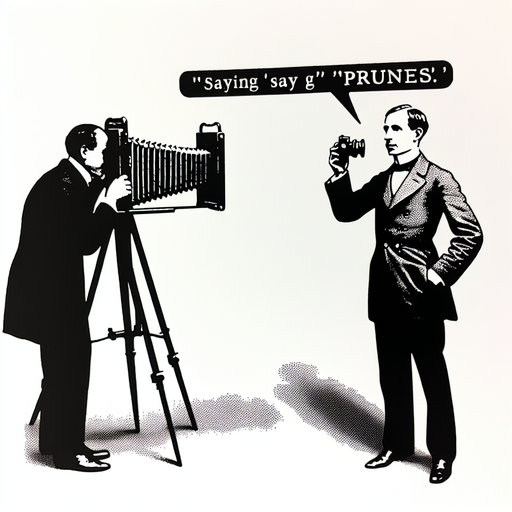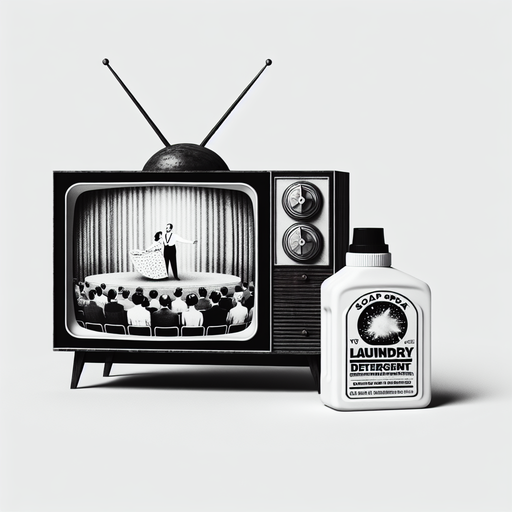The Machine That Made You Laugh
Have you ever watched a classic TV sitcom like Friends or Cheers and wondered about the laughter you hear? That laughter is manually inserted to encourage you to laugh, and it was an important innovation in television. This orchestrated laughter can be traced back to one man: Charles Douglass, a pioneering sound engineer who introduced the world to the Laff Box.
In the early days of television, producers faced a challenge. Unlike live theater, where audience reactions were immediate and contagious, home viewers watched in isolation. The absence of communal laughter made comedic scenes feel flat. Recognising this, Douglass devised a solution: a machine that could replicate the experience of a live audience, bringing warmth and humor into living rooms across America.
The Laff Box was an innovative device, resembling a large organ, equipped with multiple tape loops containing various types of laughter—from light chuckles to hearty guffaws. By pressing different keys, Douglass could control the type and duration of laughter, seamlessly integrating it into a show’s audio track during post-production. This meticulous process ensured that each laugh matched the comedic timing and mood of the scene.
Interestingly, many of the laughs used were recorded in the 1950s, meaning that audiences for decades were hearing the same exact laughters. As television evolved, the use of laugh tracks diminished, with modern shows opting for more natural soundscapes. Yet, the legacy of the Laff Box remains a testament to how technology was ingeniously used to bridge the gap between solitary viewing and shared entertainment experiences.
Craving more? Check out the source behind this Brain Snack!


